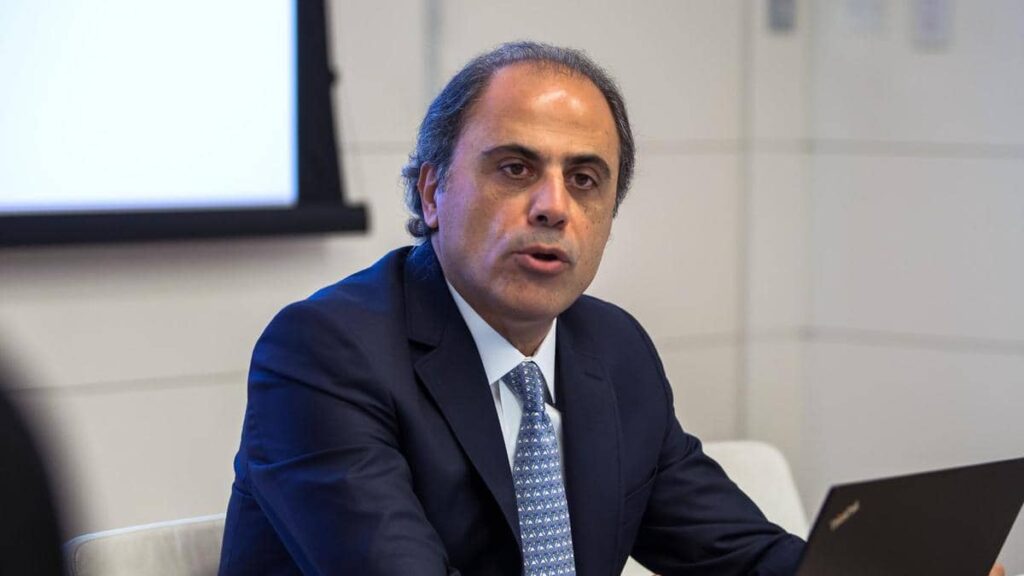The Middle East region will fall behind the other regions with several of the countries not reconquering to their 2019 GDP until 2022, the International Monetary Fund (IMF) provided on Thursday.
Jihad Azour, director of the Middle East and Central Asia Department at the IMF, said the way to recovery for the Middle East and Central Asia region will hinge on confinement measures, access to and distribution of vaccines, the extend of policies to keep up, and measures to reduce economic disfigure from the pandemic.
“Countries that put in place stronger fiscal and monetary support in response to Covid-19 are also expected to have a stronger recovery, aided by a shallower trough in 2020. In particular, while Caucasus and Central Asia countries as a group are projected to reach 2019 GDP levels in 2021 – due to their stronger Covid-19 response – those heavily impacted by the second wave will lag behind and not regain pre-pandemic GDP levels until 2022,” he said.
“Fragile and conflict-affected states will be especially battered, with 2021 GDP levels projected at six percent lower than in 2019,” he said.
The IMF provided that GCC countries have the widest coverage of the vaccination along with the most up to date plans, pointing to agreements that in some cases contain doses in excess of those needed to immunize the whole population.
In October 2020 prediction, IMF had exchanged predictions for the Middle East and North Region by 1.2 percentage points, to a whole contraction of 3.8 percent. It shows 3.1 percent in 2021 and 4.2 in 2022.
IMF in the previous year provided $17.3 billion in financings to the region to handle the health and economic crisis.
Uncertainty remains
IMF’s Azour said chances remain high as resumed infections could delay recovery in the absence of vaccines and policy space. New mutations of the virus could cause additional challenges.
“Further spending needs could exacerbate debt sustainability concerns in several countries, especially if a sharp rise in global risk premia or higher-than-expected increase in global interest rates tighten financing conditions and raise rollover risks,” he said.
“While much work remains to tackle the immediate crisis, the region must also move swiftly and in parallel on building a resilient, stable, and more inclusive post-pandemic recovery. This requires addressing the uneven labor market impact of the crisis and curbing rising inequality, strengthening social protection, tackling crisis legacies, in particular debt overhang, reforming state-owned enterprises and reducing state footprint in the economy, and fighting corruption,” it said.
The Fund provided that the region should begin now on high-quality investment in green infrastructure and digitalization to increase the recovery and to keep away from a lost decade.
